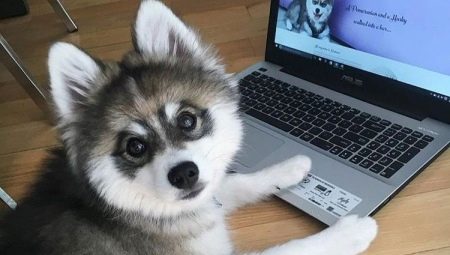Dogs are faithful animals that love a person with any character and appearance, but this is not enough for people. They are constantly improving working qualities, health, character, temperament of pets and canine work will always work on breeding new breeds in Russia and abroad.
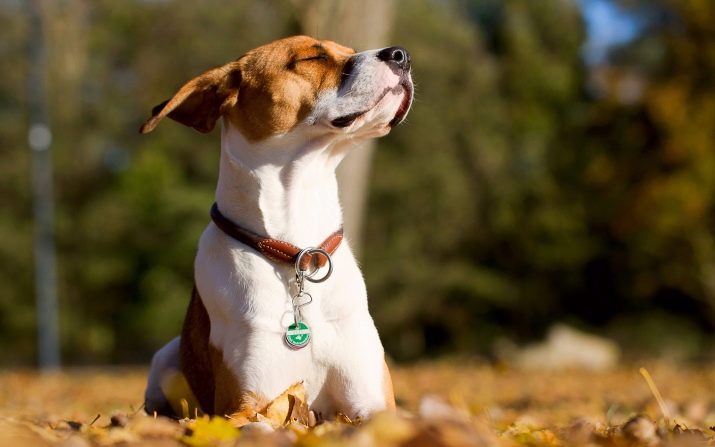
How new species appear
Man accustomed the dog in ancient times, from that moment on, artificial selection joined its natural selection. The dog required hunting, fighting and guard qualities, good health, a strong body and devotion to the owner. For millennia, people have been choosing puppies from just such dogs, forming persistent guard and hunting species.
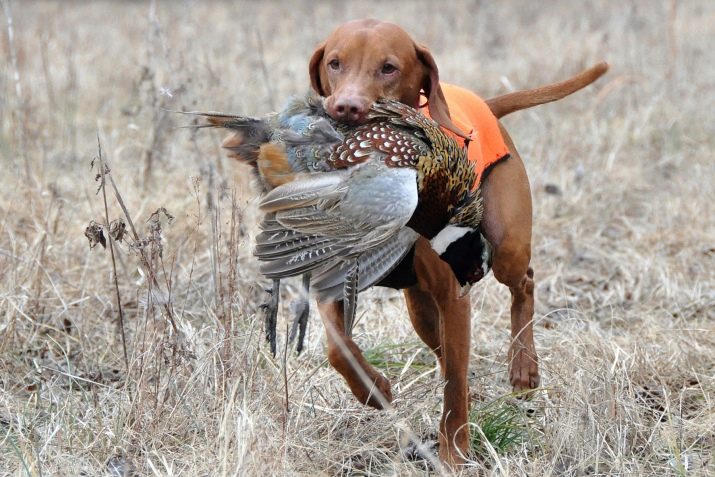
Decorative breeds appeared much later, when people had a need for cute dogs "for the soul."
Dog lovers almost immediately began to select and breed breeds. With the development of genetic engineering, this process has acquired a scientific basis and has already passed not blindly, at random, but based on the genotypes of individual donors. To breed a new breed of dogs, the dog handler acts according to the following plan.
- It notes the desired working qualities, character, exterior, size, type of coat and more.
- When the image of the future dog is compiled, donor breeds suitable for creating a new individual are determined.
- The first pair of parents is selected. It should have pronounced desired qualities.
- Then, puppies that are most suitable for the intended image are selected from the litter. In the future, inbreeding is used, that is, the crossing of related individuals among themselves in order to consolidate the necessary qualities. Such family mating will occur with the offspring of several generations.
- Further, donors of other suitable breeds are added to dogs obtained by kinship.Puppies matching the intended character are selected. Crossbreeding will thus occur until the final result is obtained.
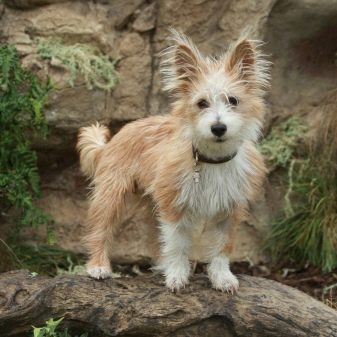

The appearance of ideal puppies is not the result of work. It will take years to consolidate the acquired qualities in subsequent generations, and then many more decades to recognize the new breed of cynological societies.
Overview
New species do not have to arise just yesterday. Breeds of pets that appeared in the last century also belong to this category. The names of the species are often associated with the place of selection.
Belarusian potter
National pride of Belarusian dog handlers. Work on it began in 2003. The goal was pursued - bring greyhounds to hunt a large beast. The potter's coat is short and coarse. The color is copper with a red-red tint and black tints. He has an impeccable scent, easily tracks down prey, calls out the owner in a loud voice to hunt, shows stamina and tirelessness in search of game.
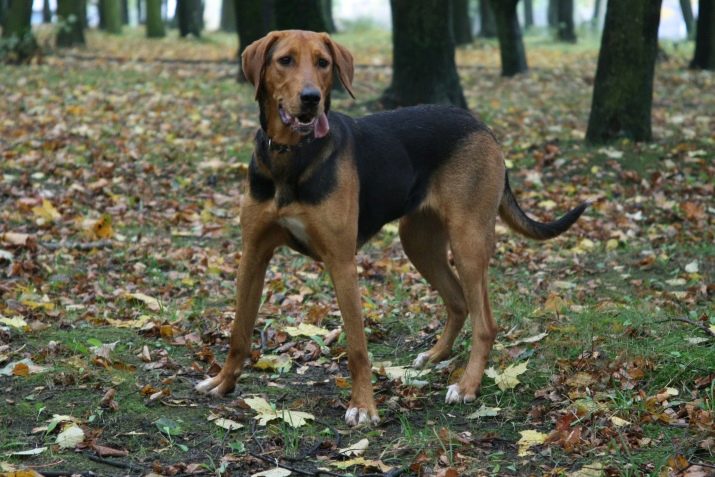
Beaver yorkshire terrier
In a German family of breeders breeders, surprisingly cute decorative dogs, based on Yorkshire terriers, were bred. Other unknown types of dogs participated in the creation of the breed, experts came to this conclusion, following the genetic mismatch with the Yorkies. The result was a smart, good-natured dog, of medium activity, which is easily trained and, if you take up his education, becomes an obedient pet.
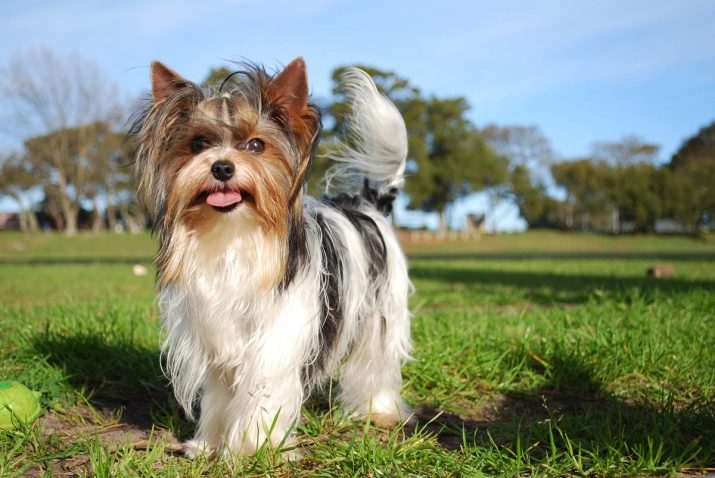
East European Shepherd
The breed arose not so long ago, in the thirties of the last century, and it took another 30 years for the species to be recognized and registered as an independent. East European Shepherd Dogs are official guard dogs. Their height is 65-75 cm, and weight 35-60 kg. Shorthair animal with a strong, muscular, slightly elongated body. Wool can have shades of red, gray, black with tan. On a proportional large head, ears stand upright.
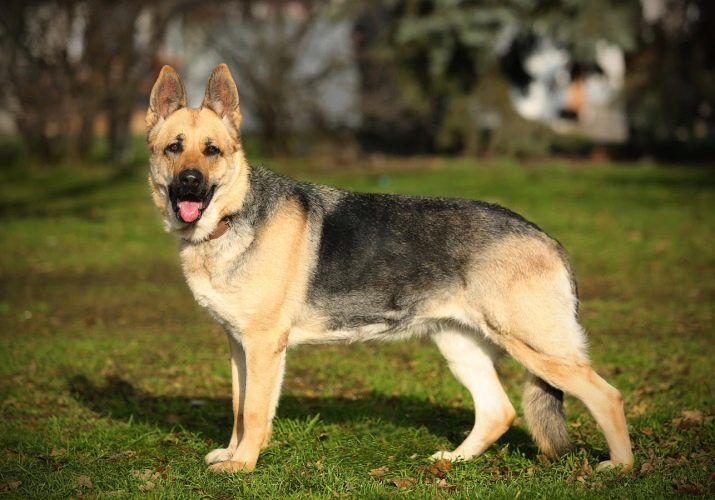
Dogs are very loyal to their owners, but distrustful of strangers. They are smart and easy to train.
Kava poo chong
One of the youngest dog breeds created by American breeders based on the toy poodle, Bichon and Cavalier King Charles Spaniel. The result was an ideal decorative breed with hypoallergenic hair, a cute doll face and a smart look. An amazing dog, similar to a little puppy, is still not recognized by dog handlers.
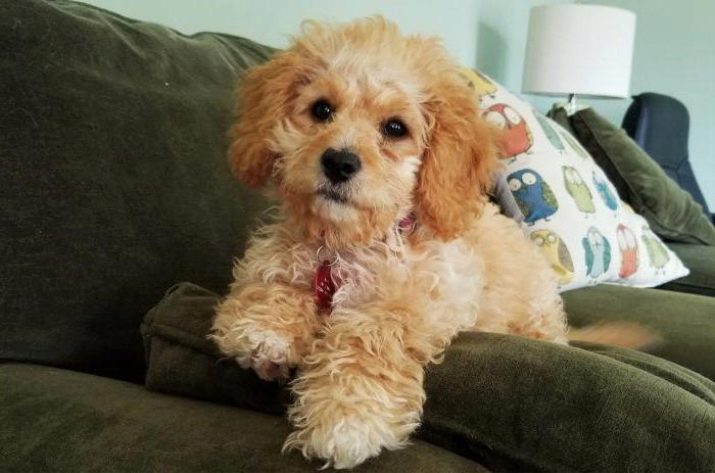
Despite this, the breed is considered rare and is very expensive.
ODIS
The abbreviation of the first letters stands for Odessa Home Perfect Dog. Work on the breed began in Soviet times, but so far has not received full official recognition. The creators of ODISA had a task to deduce An ideal small dog for keeping in cramped apartment conditions. At that time, few people heard about Spitz and York, and the cute lohmach does not reach their external data.
But he is kind, calm, with a cheerful character, of small stature (up to 25 cm) and weight (up to 3 kg), with a hypoallergenic coat. ODIS has a white or gray-white color, although it is small, but strong doggie with strong immunity.
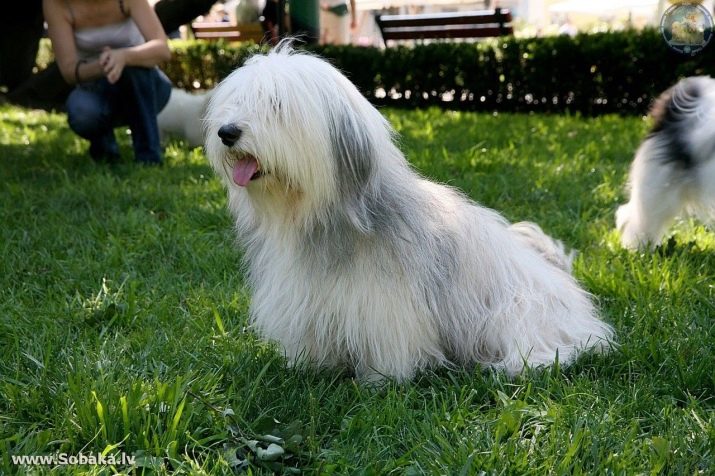
In the creation of the Odessa decorative breed participated: Labrador, dwarf poodle and Maltese lapdog.
Petersburg orchid
The dog handlers of St. Petersburg were faced with the task of creating a small decorative dog with a wide variety of coat colors. Many breeds participated in the creation of the pet, thanks to their abundance orchids have red, black, tiger, beige, brown, like chocolate, as well as zoned and tan colors. Breeders continue to work on new shades.
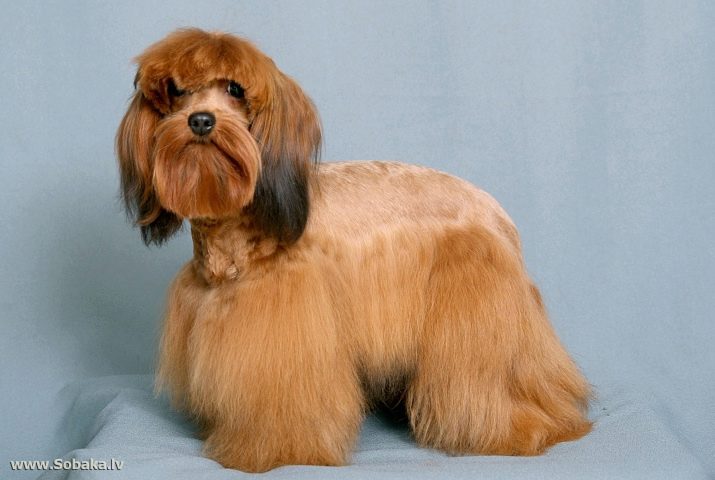
Orchid - a compact dog, growing no more than 30 cm to the withers and weighing less than 3 kg. She has a unique head shape with non-standard skin on the face and lovely drooping fluffy ears. The coat is long, soft, silky.
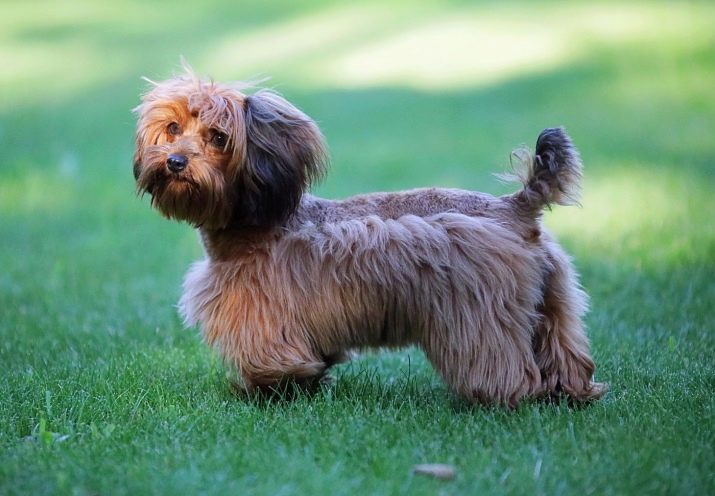
The dog has no specific smell and does not fade.
Priiter
Not too well-known breed, bred on the basis of pit bull terriers, Staffordshire terriers, dogs, weimaraners. Despite the fact that some ancestors are aggressive species, primers, excellent companions, are completely devoid of aggression. The breed has not yet received wide international recognition, except for the International Kennel Organization (IKU), which was examined in 2014. Primers are obedient, with a stable balanced nervous system, completely non-conflicting and very loyal to their owners.

Pugle
A small dog, 27-37 cm in size and weighing up to 7 kg, combines the appearance of its ancestors - the color and mask on the face, like a pug, and its head looks like a beagle. Despite the fact that there were only two species of ancestors, the bug does not belong to mestizos, it is a well-developed and fixed breed. Pets took from the donor species all the best and did not touch on the flaws. The hereditary diseases of the pug’s nasal cavity and the independent nature of the beagles did not pass to them.
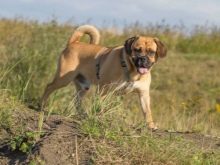
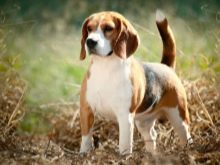
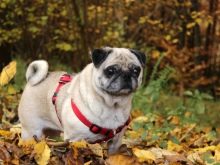
They do not fade, are unpretentious in leaving, have good intellect and good disposition.
Russian Salon Dog (RusalKa)
A small red dog with fluffy hair appeared 15 years ago through the efforts of Russian livestock specialist Y. Lokatosh. Such breeds as a pug, a Yorkshire terrier and a Belgian griffin participated in its creation. The dog is smart, good-natured, easy to get along with children and other pets.
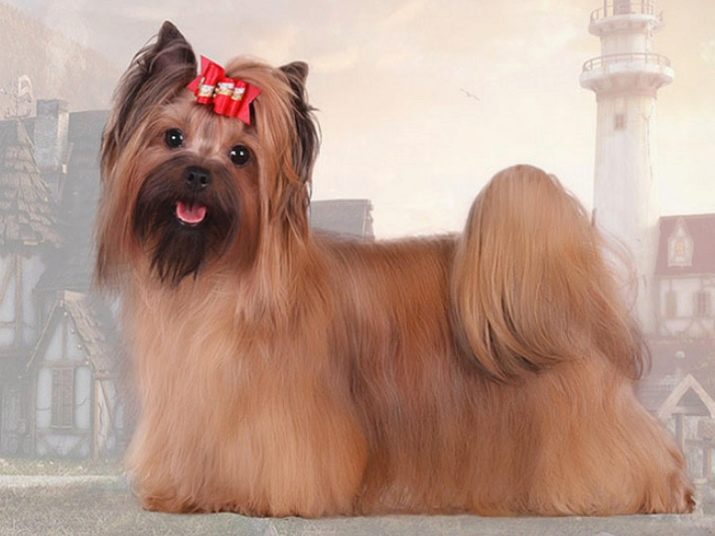
What the pet owner should know
Some breeds are already quite famous, but many of them are rare and expensive. People buy them for various reasons: they don’t look for easy ways, they love everything unknown or they want a prestigious pet that their neighbor will not have.
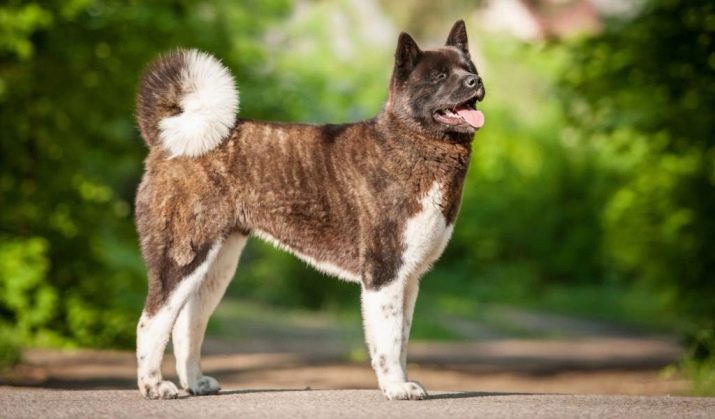
In any case, the owners of new breeds should know what awaits them.
- Most newly minted species have not yet been recognized by international cynological associations, and therefore cannot participate in exhibitions and receive certificates. But they have the right to speak in club competitions and receive documents at this level. If the breed is recognized in a particular country, the pet acquires documents that correspond to the national pedigree of that state.
- When purchasing a dog of a new breed, the owner should be prepared for the fact that the formation of the exterior is not yet completely fixed, and the puppy may grow unlike its parents or its further offspring will not give the expected result.
- The authors of new breeds, selling puppies, can set conditions for their owners: not to be exported from countries, not allowed to mate, or, conversely, to provide a pet for mating in order to further form the breed.
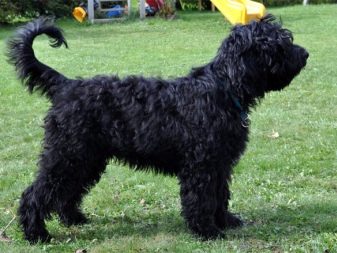
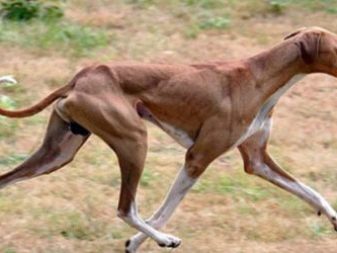
Those who are not intimidated by the limitations set forth above may acquire a unique loyal friend with improved characteristics of a dog tribe.
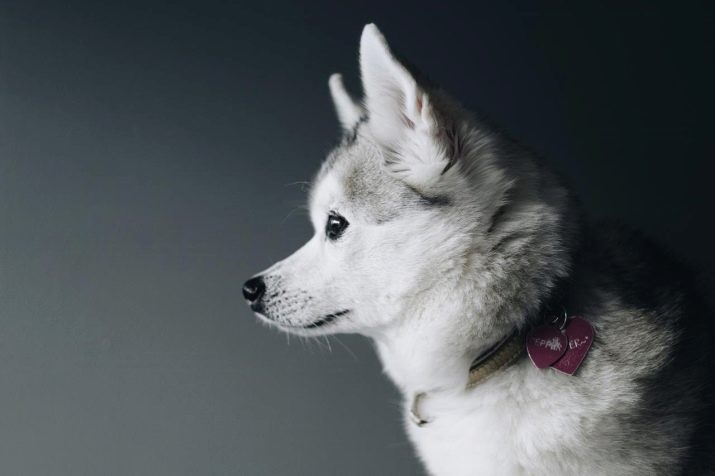
In the next video, see an overview of new dog breeds.
